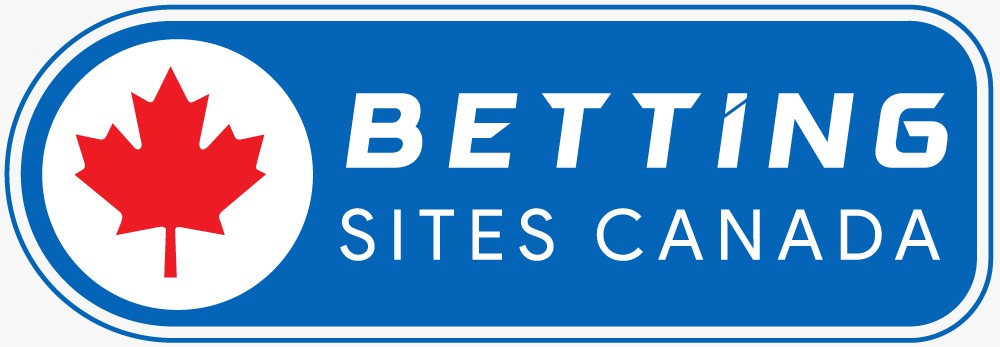|
Evolution:
Overview
Stick-Ball Games
Equipment
Positions
Rules
Glossary

|
Ice Hockey Rules
The earliest knowledge of Rules of Ice Hockey that appear to have been
recorded were the Halifax Rules as published by a Nova Scotia newspaper
reporter named James Power, who was generally known across the country
as The Dean of Canadian Sports Reporters. Power had a deep interest in
sport and began his newspaper reporting career as early as 1879, long
before the game of Ice Hockey had spread to Quebec City, Ontario or the
West. At that time, the game was being played only in Nova Scotia, New
Brunswick and the city of Montreal. Power recorded the rules as related
to him by Byron Weston who had become the president of the Dartmouth Amateur
Athletic Association and who had played in the Halifax-Dartmouth area
as early as the 1860s with teams from the area including native Mi’kmaq
players.
The Halifax Rules:
1) The game was played with a block
of wood for a puck.
2) The puck was not allowed to leave the ice.
3) The stones marking the place to score goals were placed on the ice
at opposite angles to those at present.
4) There was to be no slashing.
5) There was to be no lifting the stick above the shoulder.
6) When a goal was scored, ends were changed.
7) Players had to keep ‘on side’ of his stick.
8) The forward pass was permitted.
9) Players played the entire game.
10) There was a no-replacement rule for penalized players.
11) The game had two thirty minute periods with a ten minute break.
12) The goal-keeper had to stand for the entire game.
13) Goals were decided by the goal umpires, who stood at the goalmouth
and rang a handbell.
In his own words, these were the rules used as Colonel Weston and his
friends played the game in the mid 1800s. It is very likely that the rules
were much the same from the beginning, a mere five decades before. Players
then, as today, know the rules by heart, and usually saw no reason to
write them down. They were interested in playing the game. Other matters
concerning the game were left for academics and management.
|
|


